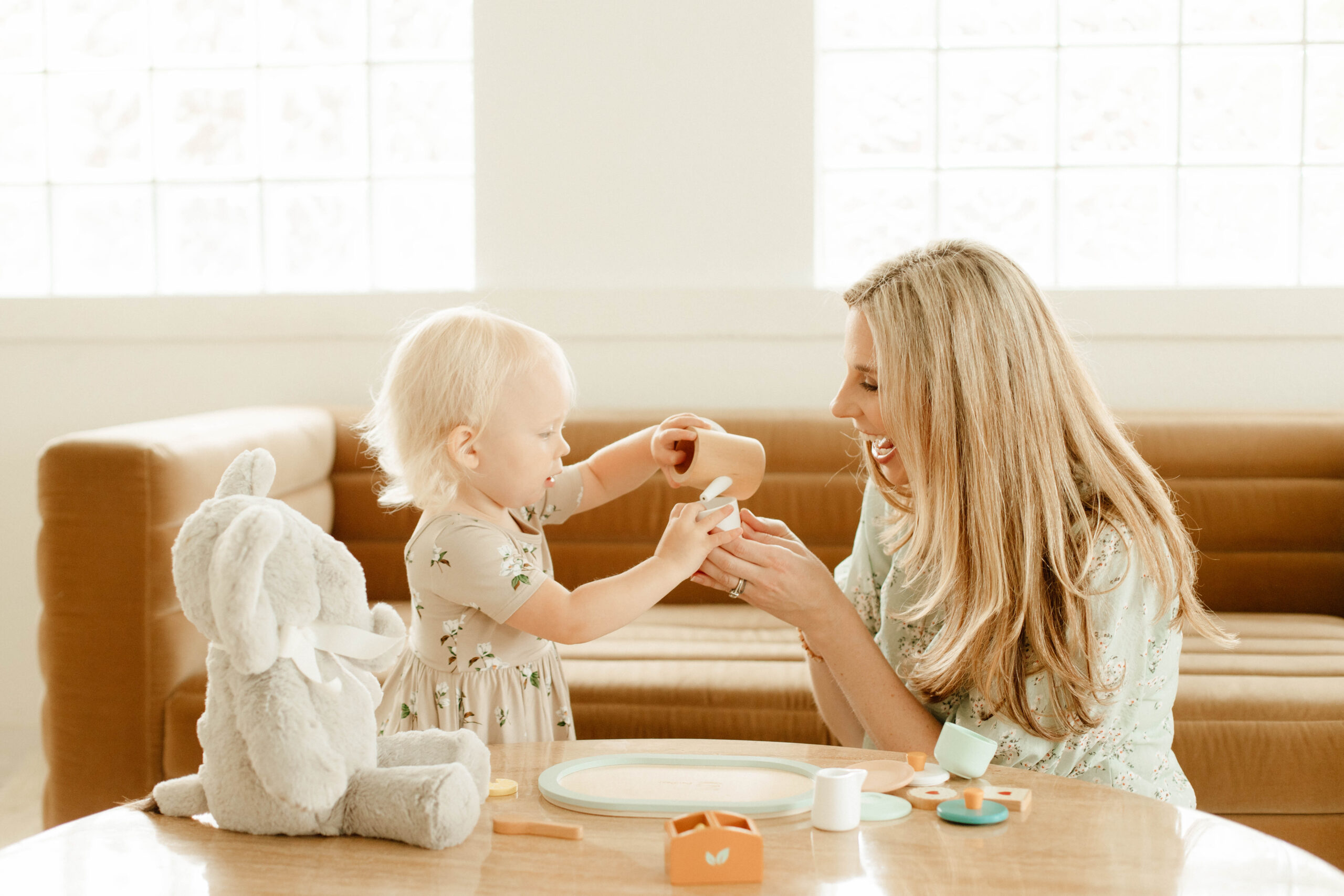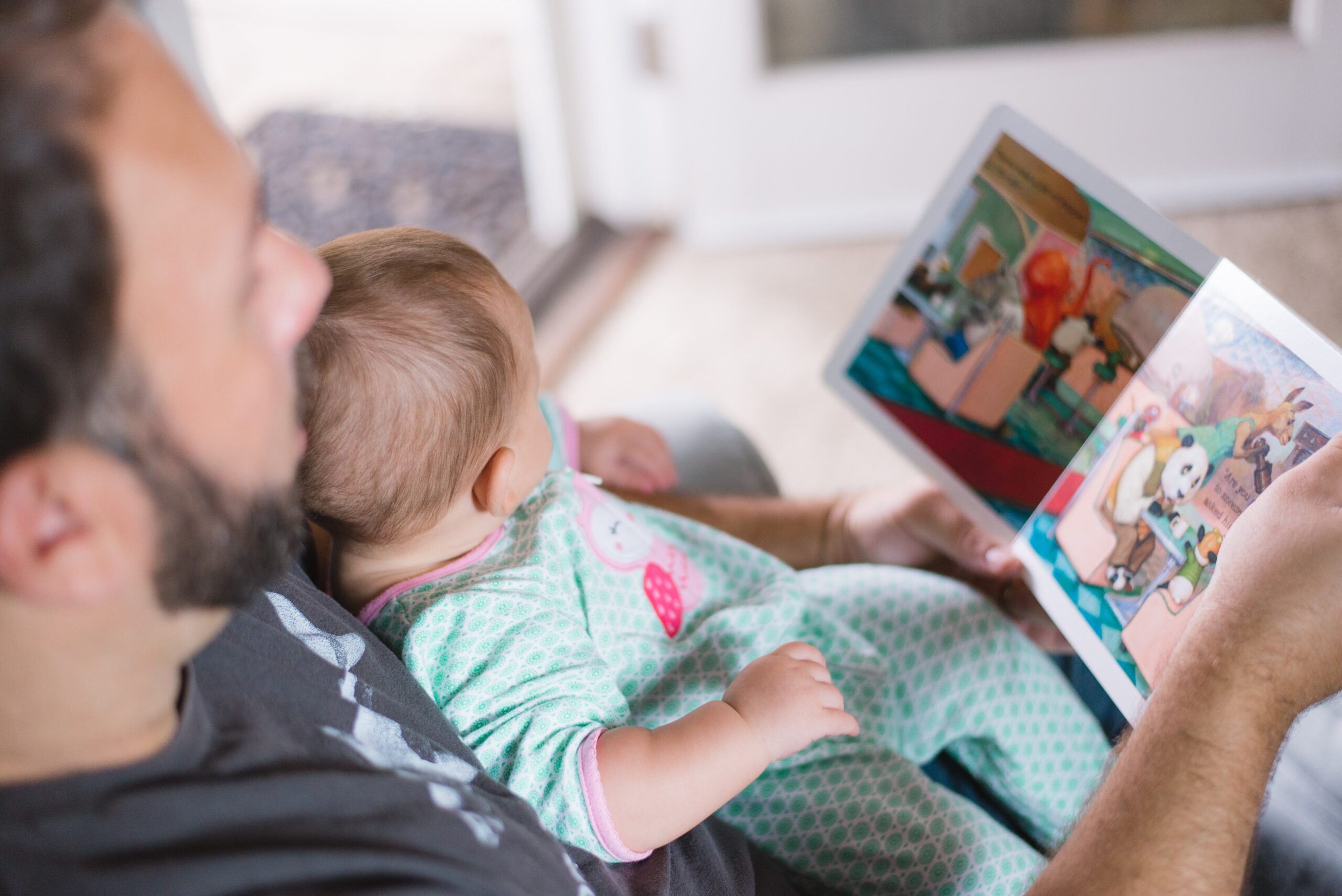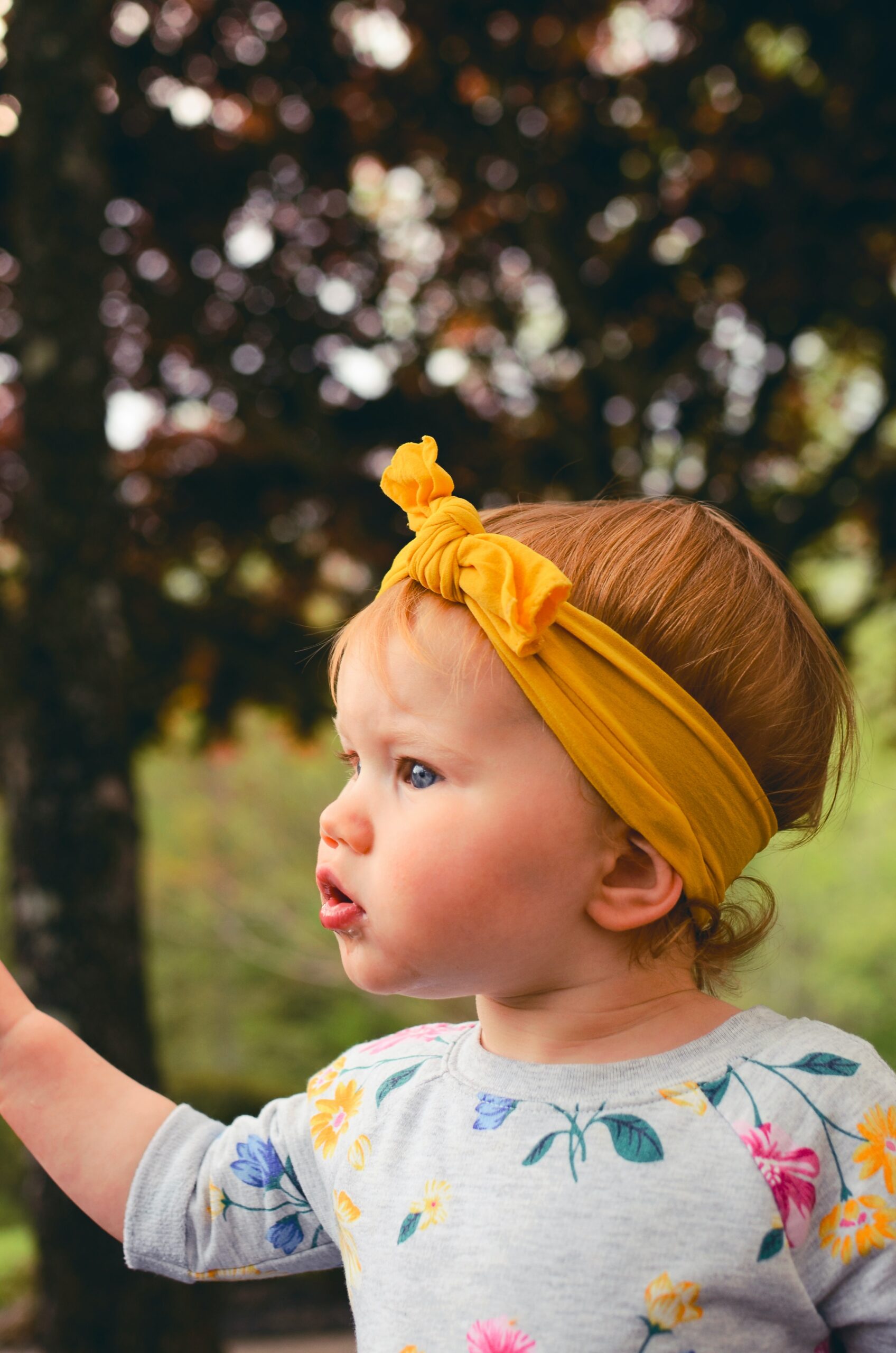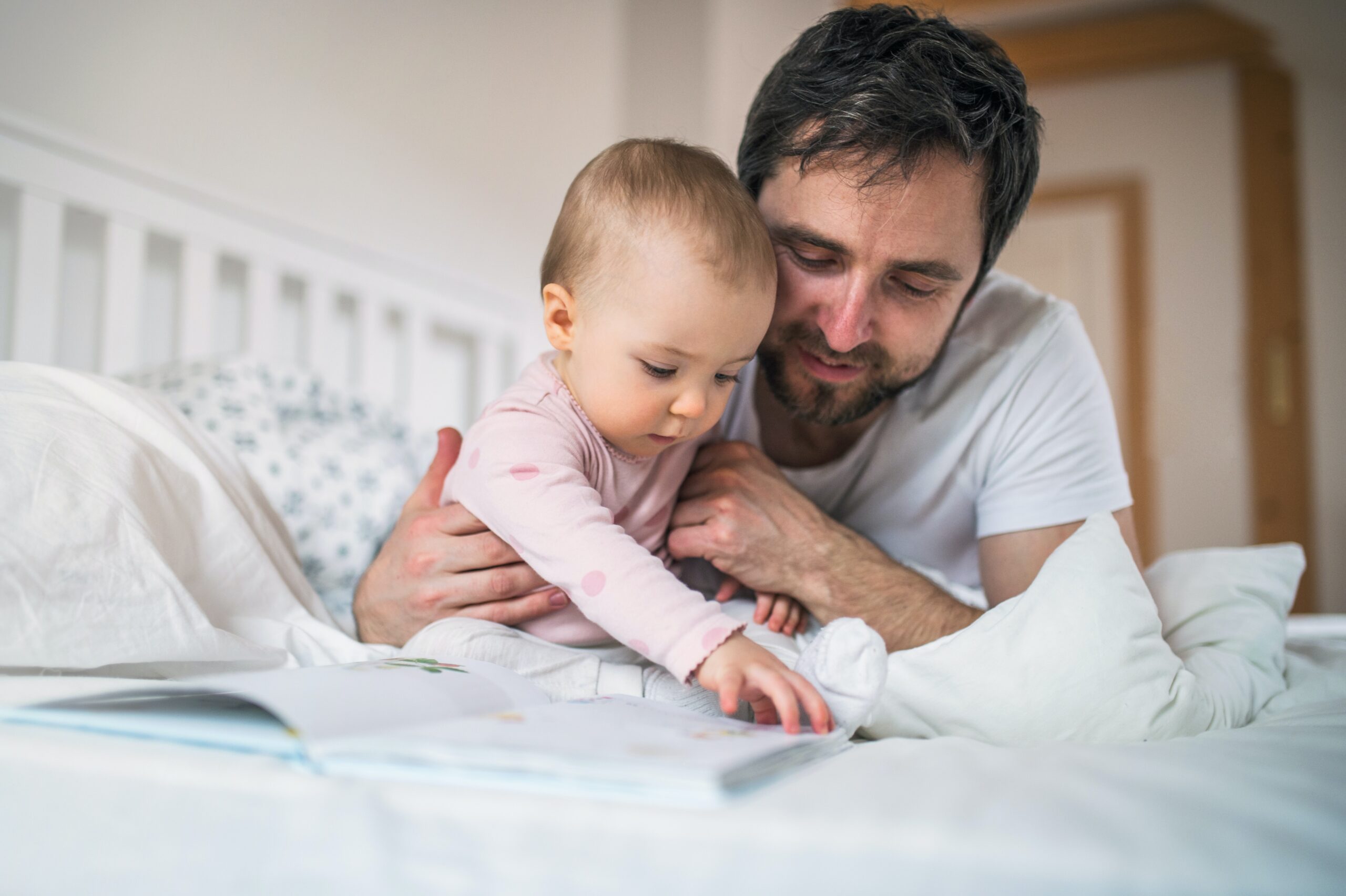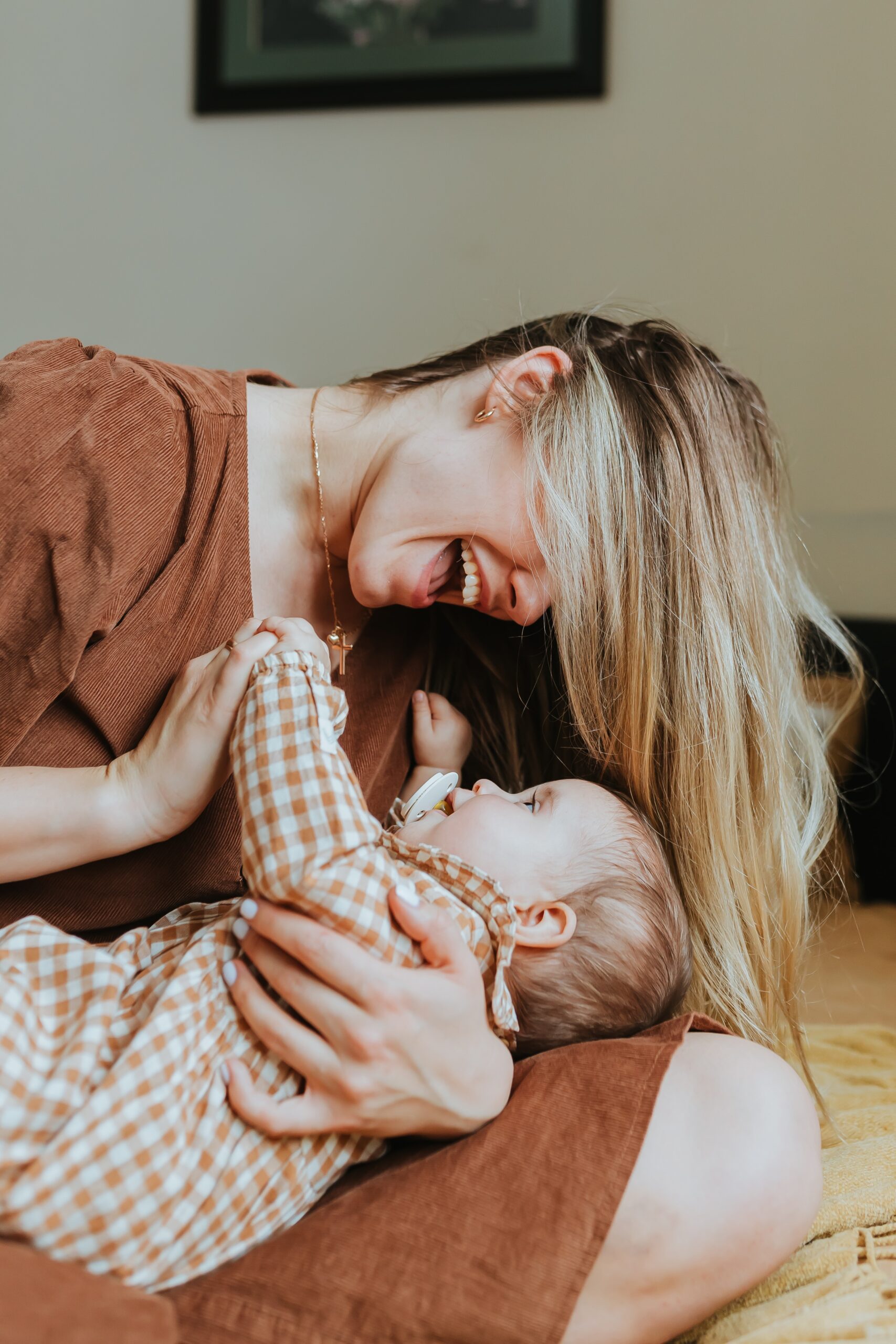
When you think of speech and language, talking is probably what comes to mind. But there are so many foundational skills that come before that- one of those is gestures.
Gestures and speech develop in the same area of the brain and are tightly linked. For example, infants start moving objects rhythmically by banging them and mouthing them around the same time they start babbling. They start developing more refined movements around the time they start saying first words (Capone & McGregor, 2004)
Early gestures help little ones start to communicate before they can talk. For example, once your little starts pointing, they can let you know what they want. This also creates many rich opportunities for learning new words because your child can let you know exactly what they want to know more about.
Gestures and words are both symbols, but one is manual and one is verbal. That’s why gestures help pave the way for speech (and can even help predict it).
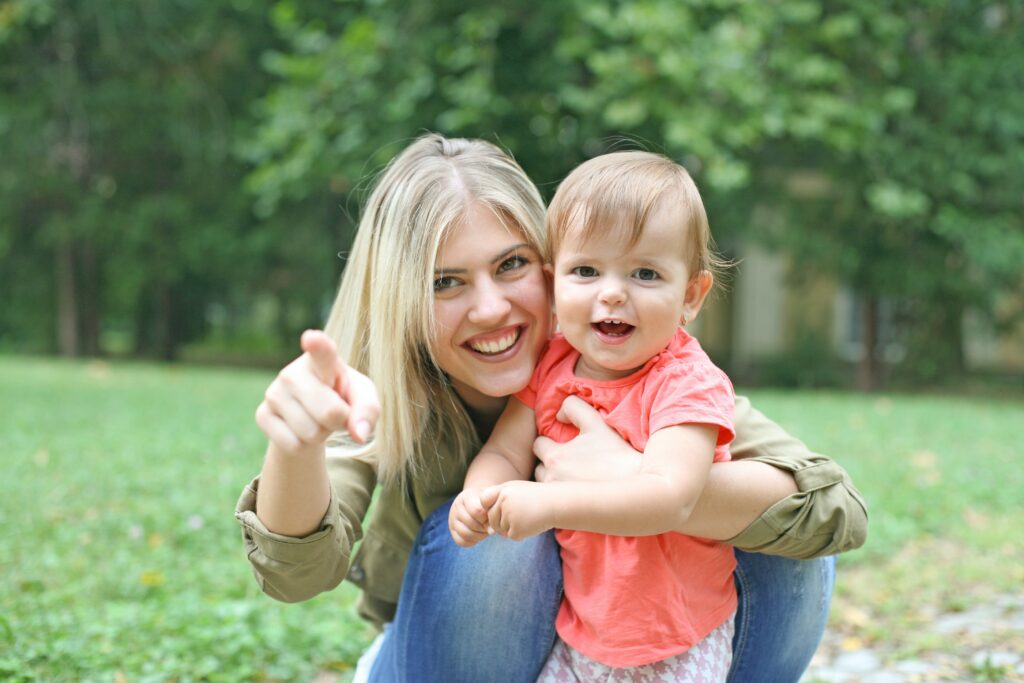
Communication becomes intentional
Around 9-12 months, communication becomes intentional. Before that, your little one can expresses themselves through crying and movement, but they don’t quite understand that they can purposefully communicate something with you to make something happen. They haven’t quite gotten the concept of cause and effect.
Once we see this shift, little ones start using gestures to communicate, and we see the gestures of showing, giving, and pointing emerge. These are known as prelinguistic gestures because they come before words.
Gestures give us a snapshot into a child’s communication development
Gestures give us a snapshot into a child’s communication development. According to the First Words Project, “Even small lags in communication milestones can add up and impact a child’s rate of learning that is difficult to change later. Research with young children indicates that the development of gestures from 9 to 16 months predicts language ability 2 years later, which is significant because preschool language skills predict academic success. So it’s important to remember that by 16 months, children should have at least 16 gestures.”
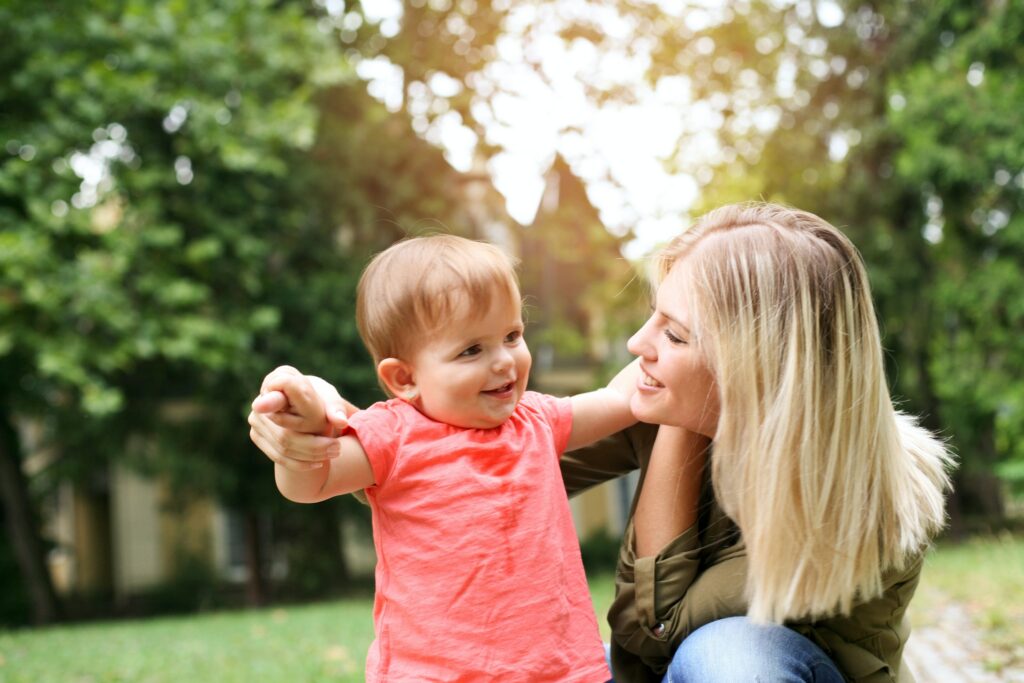
What are the 16 gestures we are looking for?
Research from the First Words Project tells us which gestures to look for and the “why” behind them. They are:
9 Months: Give, Shake head At 9 months, children’s earliest gestures begin to develop from their actions—and the reactions of others. Children first learn to take an object. Then, as they are able to control their hand movements to release and drop an object, they gain experience from their parent holding out their hand to catch it—and they learn to give. Children learn to shake their head to indicate “no” by turning away from food they do not like and then looking back to see their parent respond by moving the undesired food away.
10 Months: Reach, Raise arms At 10 months, children learn to reach through exploration and experiences with others, as they reach to take an object and to be picked up. As they learn to anticipate the reactions of others, they use a reach gesture as a signal—first, with their arm reaching out, then, with their open hand facing up, and with their arms raised to ask to be picked up.
11 Months: Show, Wave At 11 months, children are motivated to share their interests with others. They learn to hold up and show objects to get others to look and notice what they’re interested in.
12 Months: Open-hand Point, Tap At 12 months, children use an open-hand point with the fingers spread, and a tap with the fingers together, as an indicative gesture to draw the attention of others to things of interest. Children’s gestures become more clearly intentional and are often produced with emphasis and are now accompanied by grunts or early speech sounds
13 Months: Clap, Blow a kiss At 13 months, children begin to learn through observation— by observing others and copying what they do and say. They learn to use gestures, such as to clap their hands and blow a kiss, by watching others and imitating them. The gestures and words children are exposed to shape their vocabulary and drive their interest in learning.
14 Months: Index finger point, Shhh gesture At 14 months, children point with the index finger to reference things at a distance, a sign that observational learning is solid and they are on the cusp of becoming a symbolic communicator. Children also use the index finger for the “shhh” gesture. Their growing repertoire of gestures propels the unfolding of spoken words
15 Months: Head nod, Thumbs up, Hand up At 15 months, you see symbolic gestures that are like words—a head nod or thumbs up to indicate “yes”, a wave in front of their face to indicate “stinky”, or a hand up to indicate “wait”. Gestures now reflect not only what the child is thinking about, but also that they know they are sharing ideas with others.
16 Months: Other symbolic gestures At 16 months, other symbolic gestures develop– such as “I dunno”, “high 5”, or even the universal peace sign. Gestures now bolster the learning of spoken words.
Download the pdf version from the First Words Project here: 16-Gestures-x16-Months.pdf (firstwordsproject.com)
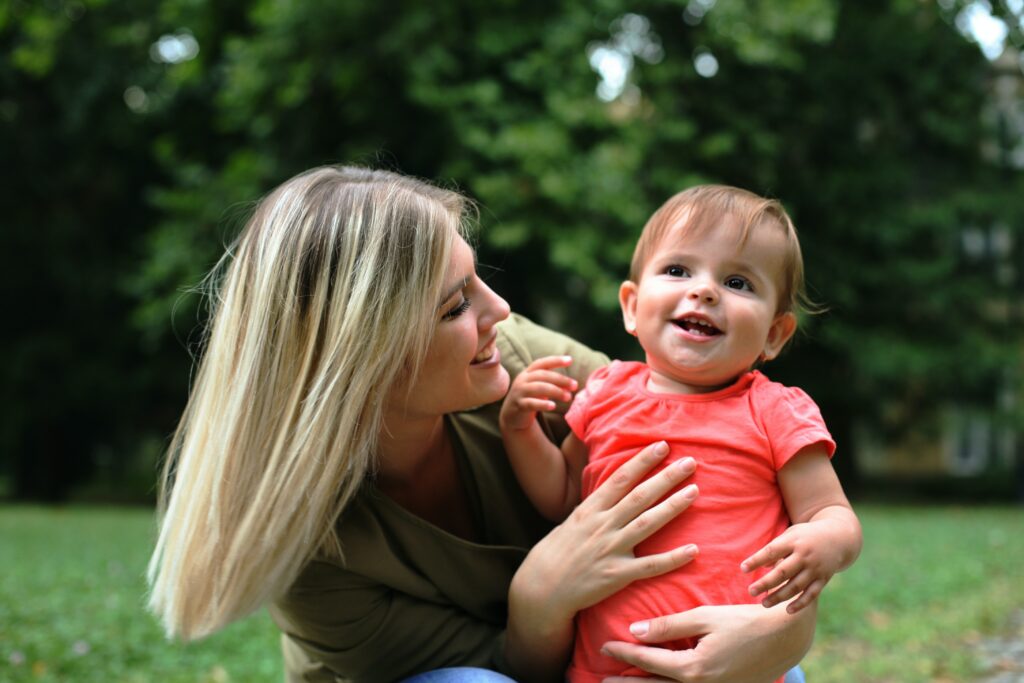
What if some of the gestures are out of order?
While we may see some variation depending on a child’s family or culture, having 16 gestures by 16 months is an important milestone because it helps little ones move from first words into the vocabulary explosion, the period of time we see children start rapidly acquiring new words (expected between 18-21 months).
What if my child isn’t meeting the gestures milestones?
Because gestures and speech are both about symbolic communication, watching your child’s gesture development tells you a lot about their language development- and whether to be concerned if your child is not yet talking. Research with young children indicates that the development of gestures from 9 to 16 months predicts language ability two years later, which is significant because preschool language skills predict academic success.
If you have concerns about my child’s communication development:
- Learn strategies to support your little one at home: Research shows that when parents were trained in strategies to help their toddler’s speech development, a child received 18 more hours of therapy! You spend more time with your child than a speech therapist ever could and know them better than anyone. My Big Little Talker Course was specifically designed to show you how to help your toddler talk and get off to the best start with speech and language and includes an entire module on how to support your little one with their gesture development
- Reach out to a speech therapist: Speech Pathologist are the experts in speech and language development.
- Reach out to Early Childhood Intervention: ECI is the nationwide Birth-3 Program that offers speech physical, and occupational therapy to support child 0-3 and their families.
References:
Capone, N. & McGregor, K. Gesture Development: A Review for Clinical and Research Practice. Journal of Speech, Language, and Hearing Research, 47, 173-186

